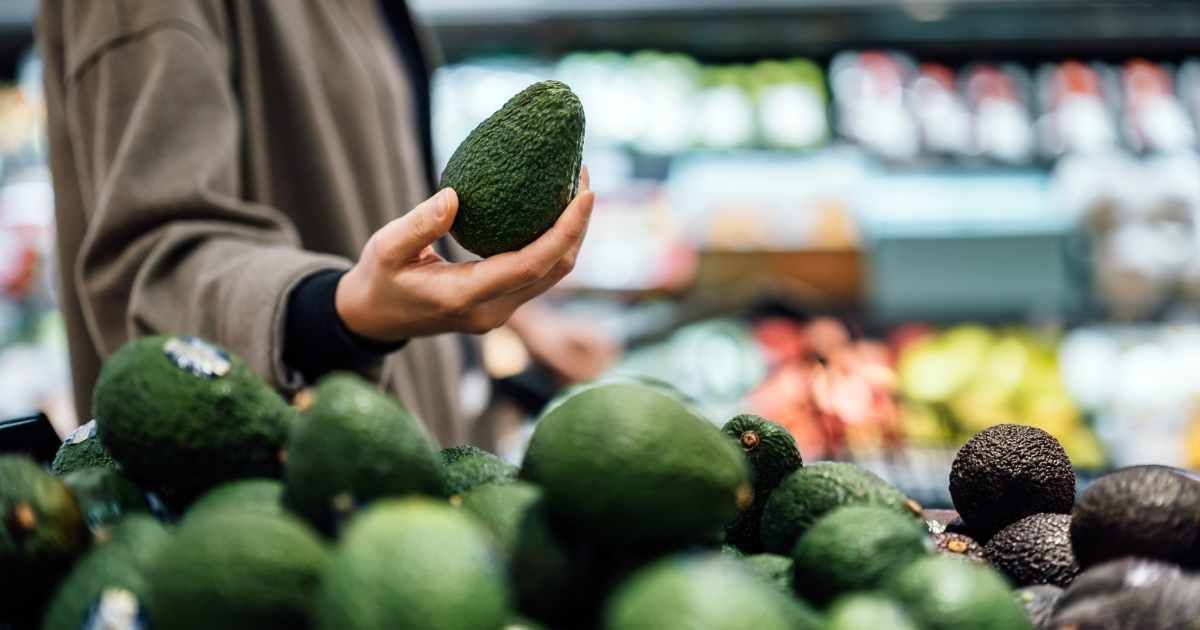New AI Tool Helps You Pick the Perfectly Ripe Avocado Using Your Phone, Thus Reducing Food Waste

Americans alone consume more than 2.8 billion pounds of avocados annually, per WSJ. They whip up toasts and blend smoothies by scooping out only the mushy green pulp. Brutal. Well, the story doesn’t end here. Once the crisp toasts are gobbled up, the leftover avocado peelings end up in mountains of waste, spewing poisonous whiffs of gases that go on to choke the environment, per findings published in Current Research in Food Science.

The starting point of this entire matrix of avocado-related dilemmas is when it “ripens.” Interestingly, avocados don’t ripen while dangling from the trees. Unlike most fruits, their ripening process is initiated only after they are plucked from the tree and come in contact with the ethylene gas, which acts as the catalyst for their ripening. Once the gas starts intruding into an avocado’s hard green outer flesh, there is a burst of ripening hormone from the fruit’s body, as a result of which enormous quantities of harmful gases are released into the atmosphere.

The more the avocado ripens, the more intensely the gases are released. On average, an avocado has double the carbon footprint of a banana and five times that of an apple. Food waste is another issue. Nearly 30% of the food waste occurs at retail and household levels, according to the study, adding to the 50% that is left uneaten in the US. Over 50% of the fruit bought from the market is usually overripe. Thousands of people use the Apple app by Yash Poojary, named “AI avocado ripeness detector,” to detect the ripeness.

The objective of this study was to determine a system that people could use to assess the ripeness of an avocado during purchase. Luyao Ma, an assistant professor at Oregon State University and the lead researcher, was inspired by her own frustrations. Being a frequent consumer of avocado toast, Ma was often left agitated with the confusion of whether she was buying a perfectly ripe avocado.
For this research, Ma and her team targeted “Hass avocados,” whose peel changes colors from light green to dark purple as they ripen and mature, varying with the changing concentrations of chlorophyll pigment. The hardy outer skin also decreases in firmness with the ripening process. Ma bought avocados from local grocery stores and placed them in plastic bags to prevent potential moisture loss. Then they employed “non-destructive imaging” to examine the ripeness, a method that ensures that the fruit is not destroyed during the investigation process. The avocados were properly scrutinized, including a visual inspection of color and surface defects.

Previously, researchers have utilized the same “non-destructive” imaging process to investigate mangoes’ maturity, the shelf life of grapes, and the ripeness level of tomatoes. In this research, firmness was measured using a “texture analyzer” that revealed the fruit’s textures varying across the scatter plots. It also provided a “ripeness metric.” Using over 1,400 iPhone images of Hass avocados, Ma and her team trained the AI models to inspect both its hard outer shell and buttery, creamy flesh. Ultimately, the AI tool is designed to revolutionize the way food is disposed of as well as help people with intelligent grocery purchases.
More on Green Matters
Scientists Witness the Evolution of Fungi as Cheese Stored in a Cave Turns From Green to White
Putting an Avocado in Your Bird Feeder Might Seem Harmless but Experts Say It Could Be Deadly
You May Think Tossing an Orange Peel is Harmless But a TikTok Video Shows How It Harms Wildlife